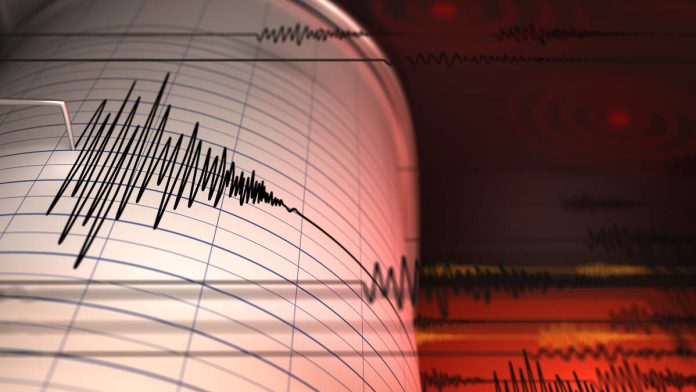New research suggests that “supershear” earthquakes, which can cause intense shaking, are more common than previously thought, posing a significant risk to California. These earthquakes occur when the rupture of a fault moves faster than the speed of shear waves, generating energy similar to a sonic boom. Scientists from the University of Southern California (USC), Caltech, and the University of Illinois Urbana-Champaign highlighted these findings in an opinion article in the journal Seismological Research Letters.
The researchers emphasize the need to update seismic forecasts and reassess infrastructure vulnerability, particularly along the San Andreas fault. According to the Los Angeles Times, supershear earthquakes have been increasingly observed in recent decades. A significant breakthrough occurred during the magnitude 7.9 earthquake in Alaska in 2002, which provided data confirming the occurrence of supershear events.
While not all scientists agree on the destructive potential of supershear earthquakes, the growing evidence underscores the importance of further research. U.S. Geological Survey research geophysicist Brad Aagaard, who was not involved in the study, stated that more effort is needed to understand where supershear ruptures might occur and their implications.
In the last 15 years, 14 out of 39 large strike-slip earthquakes have shown features of supershear ruptures, including deadly earthquakes in Myanmar, Turkey, Syria, and Indonesia. As data collection improves, scientists are detecting these events more frequently, raising concerns about the potential impact on California’s infrastructure and communities.

Recent Comments